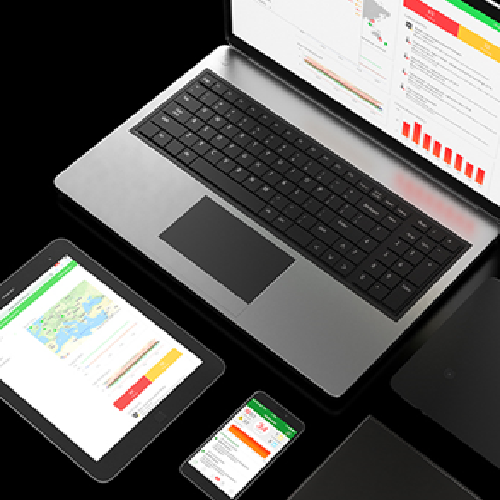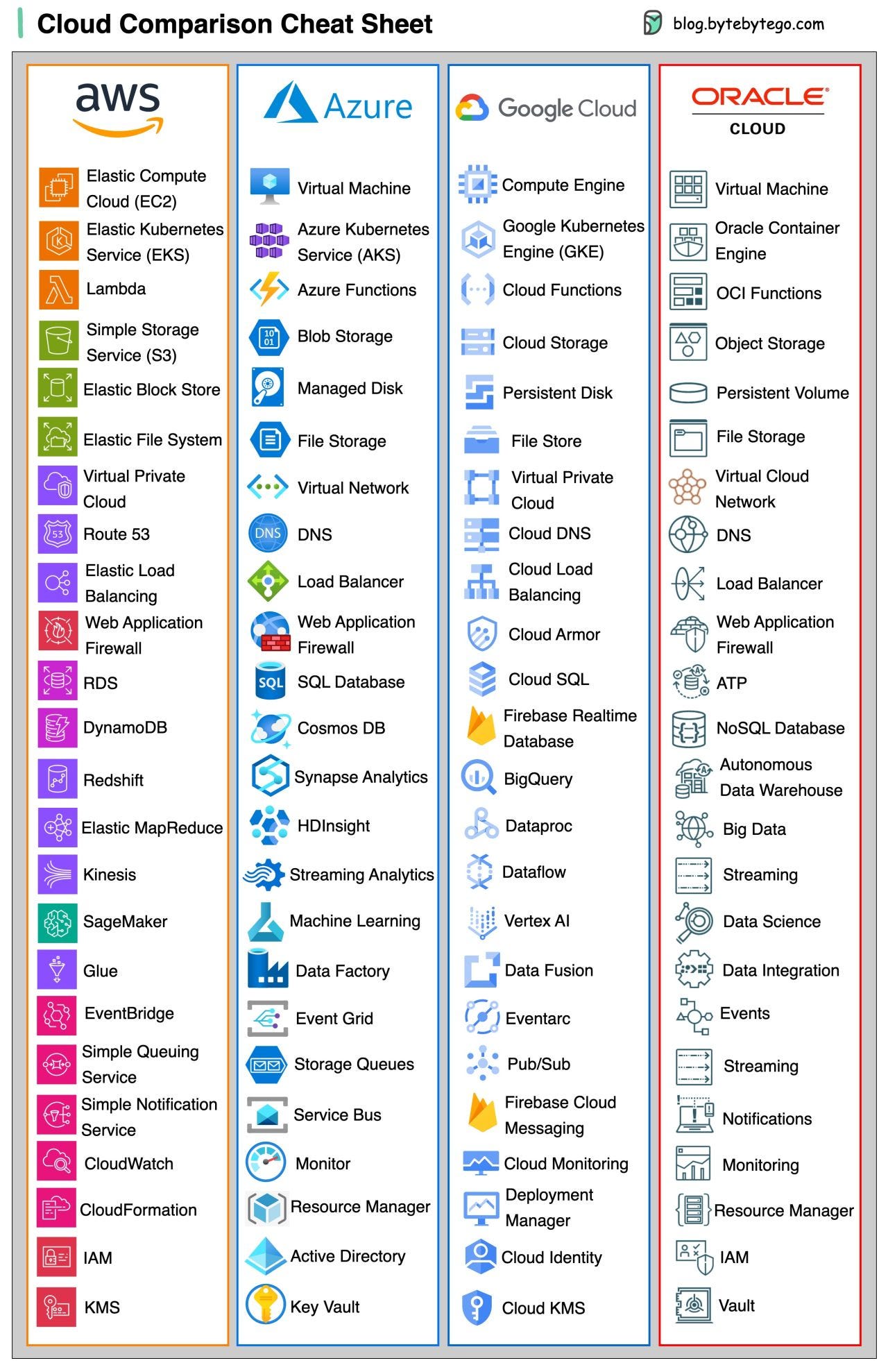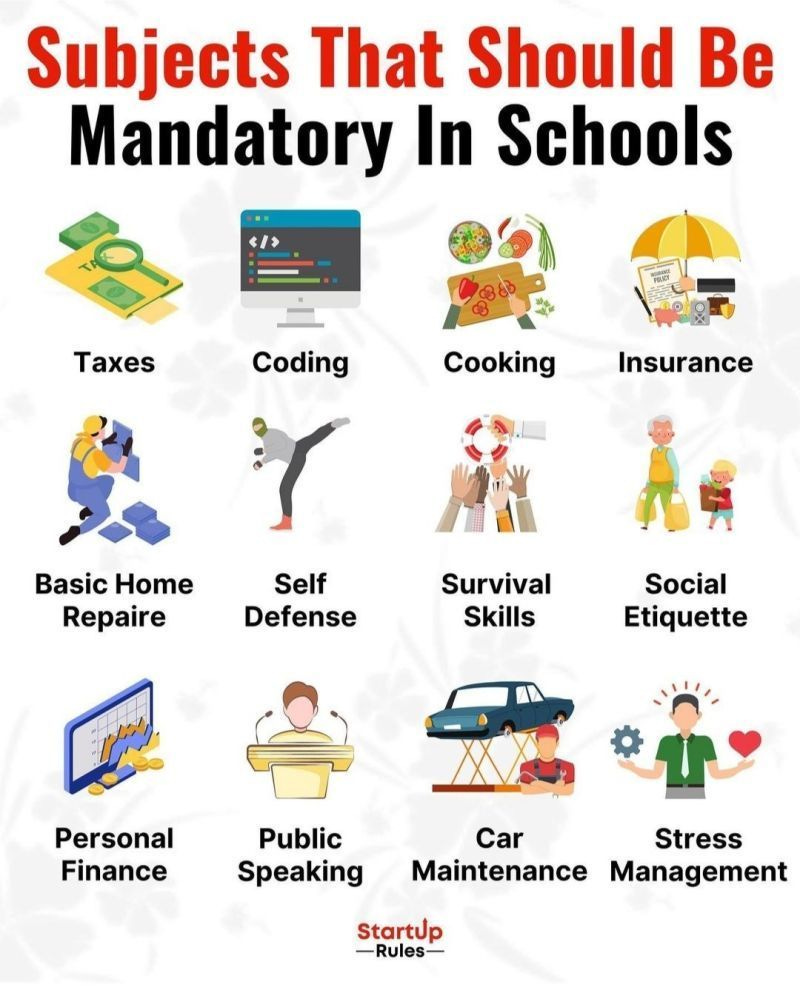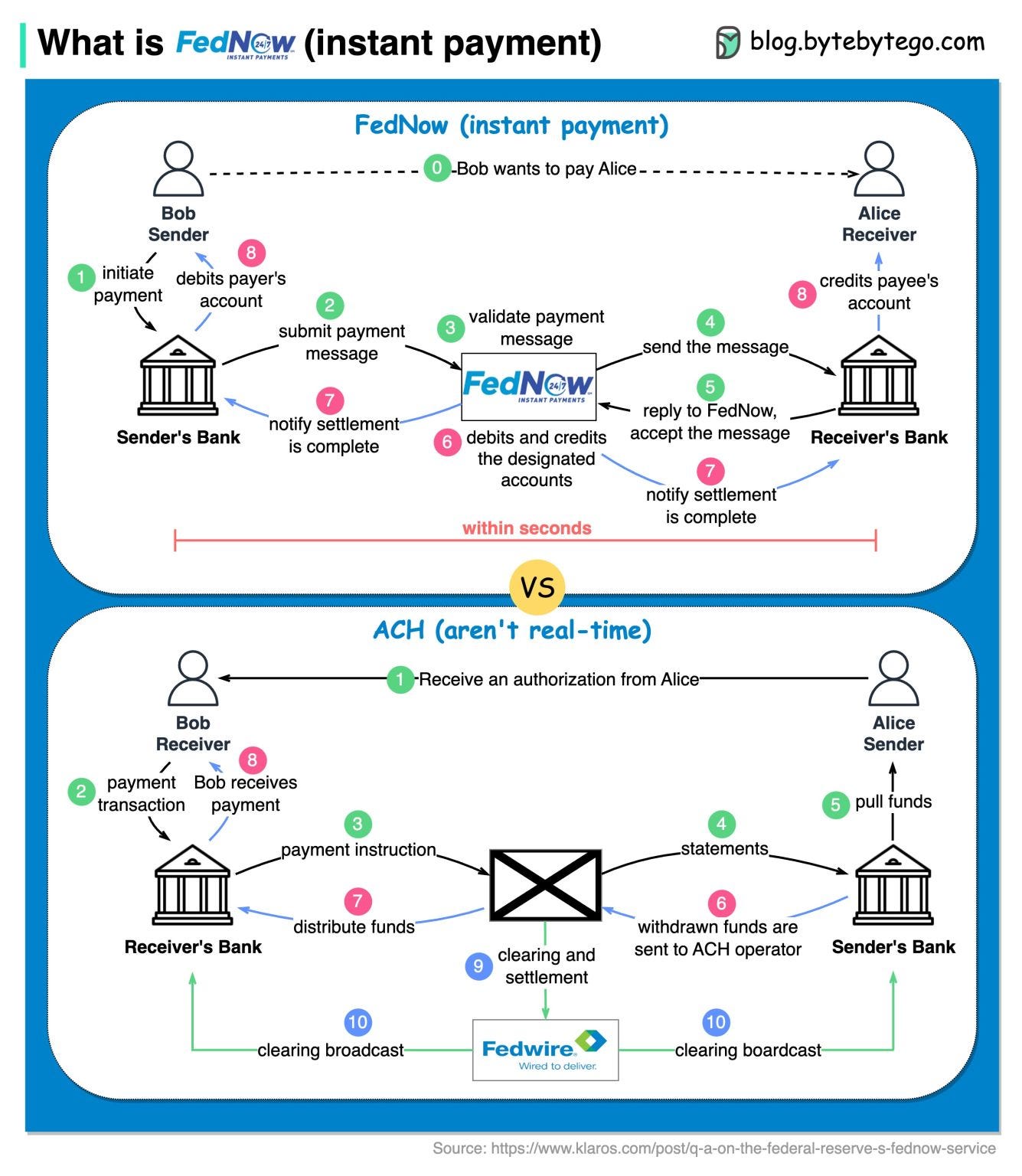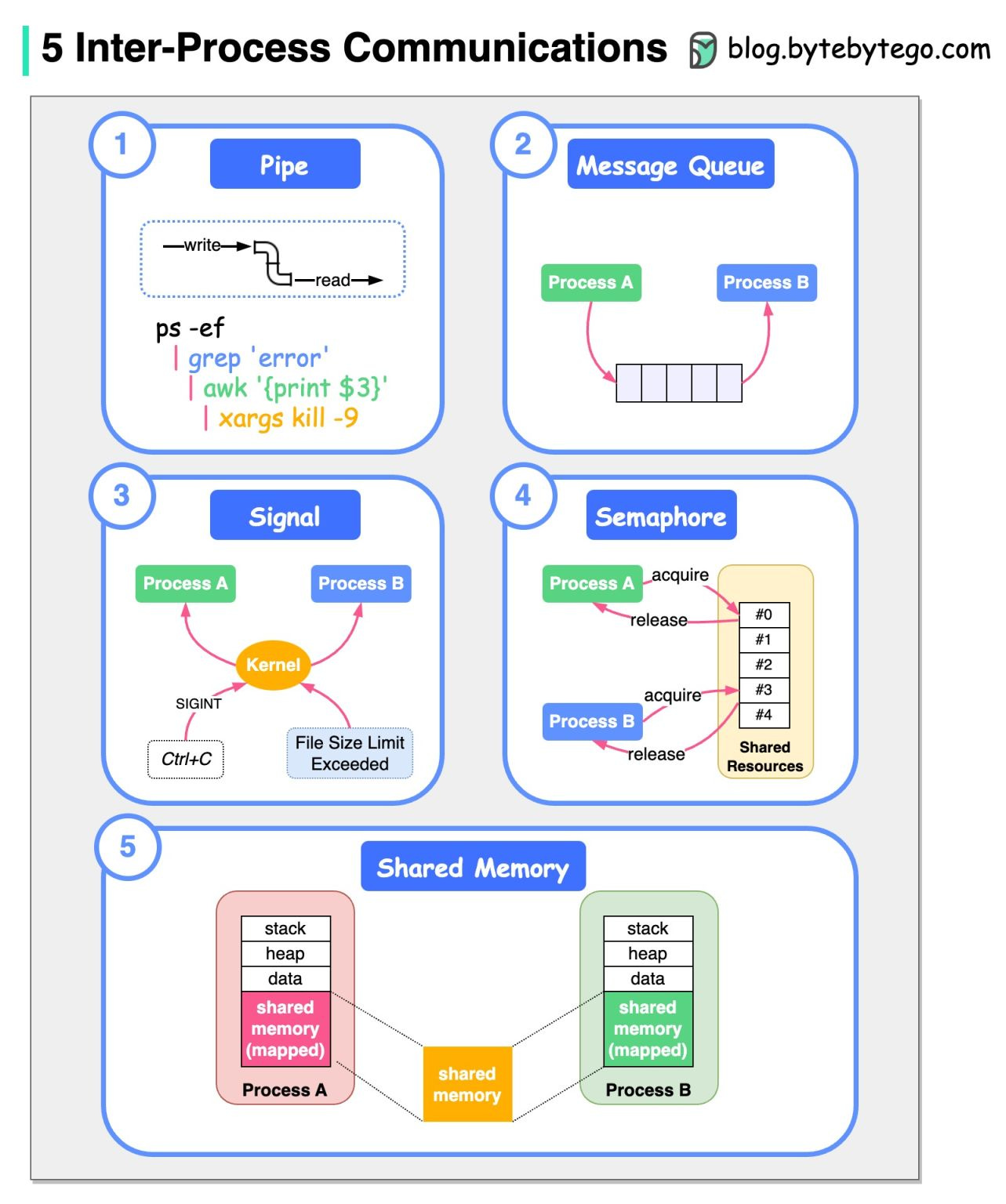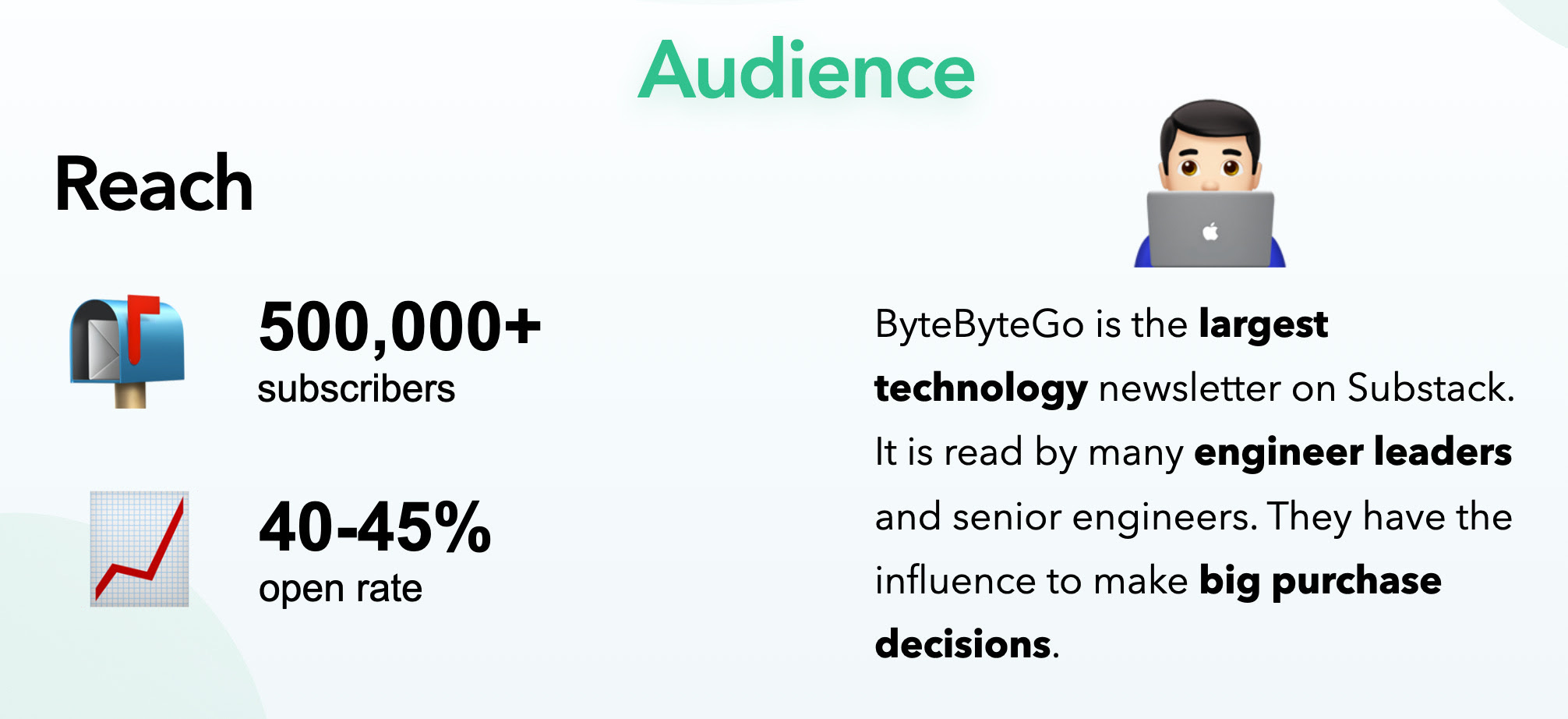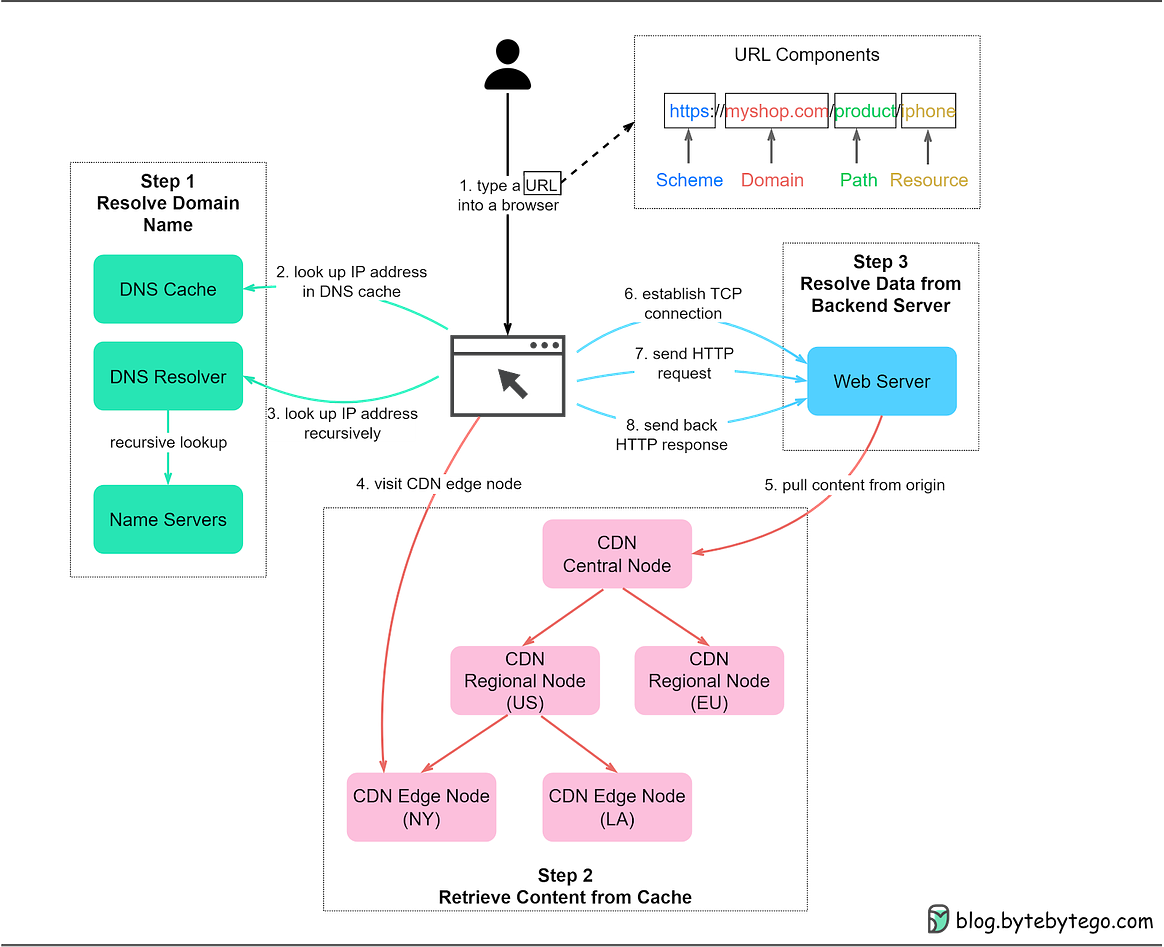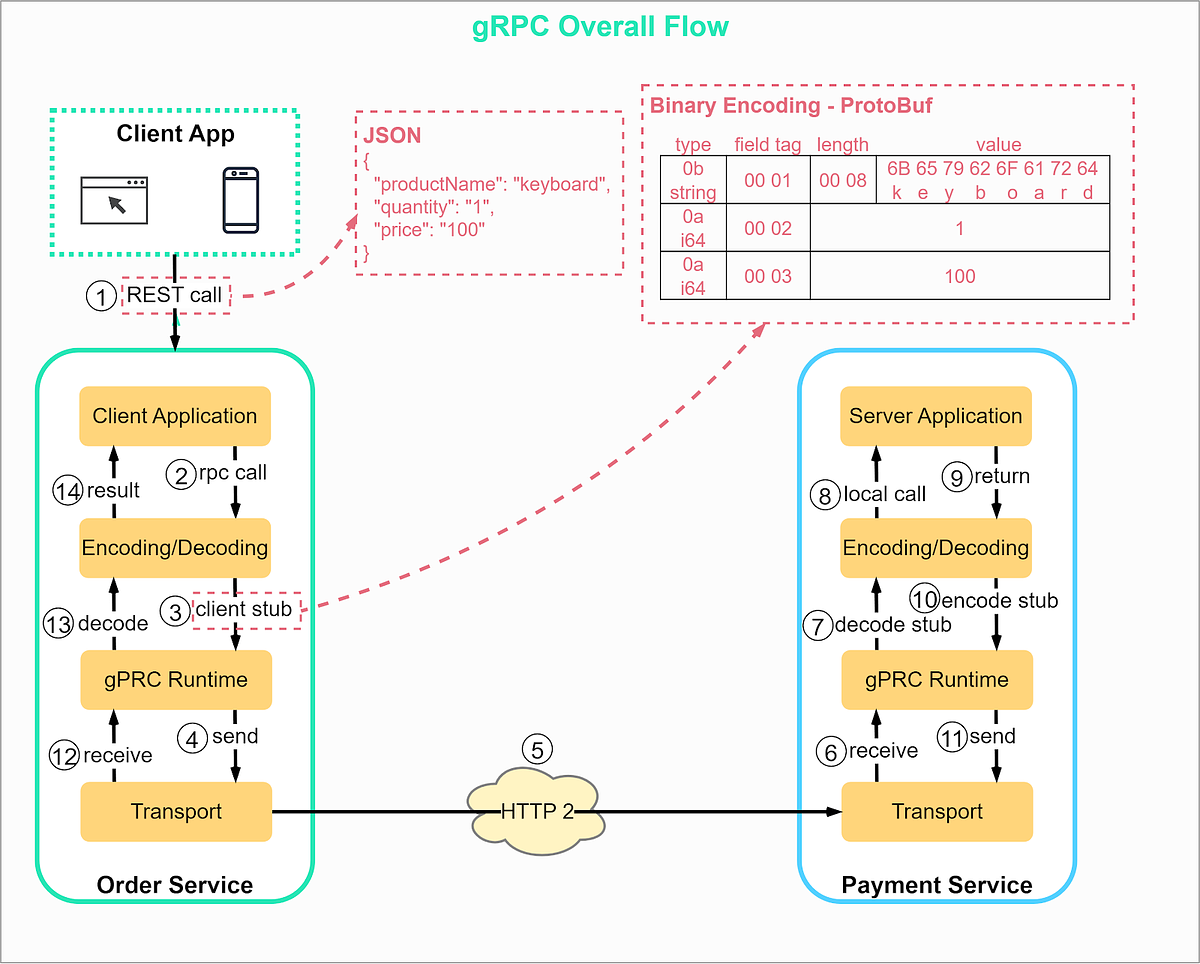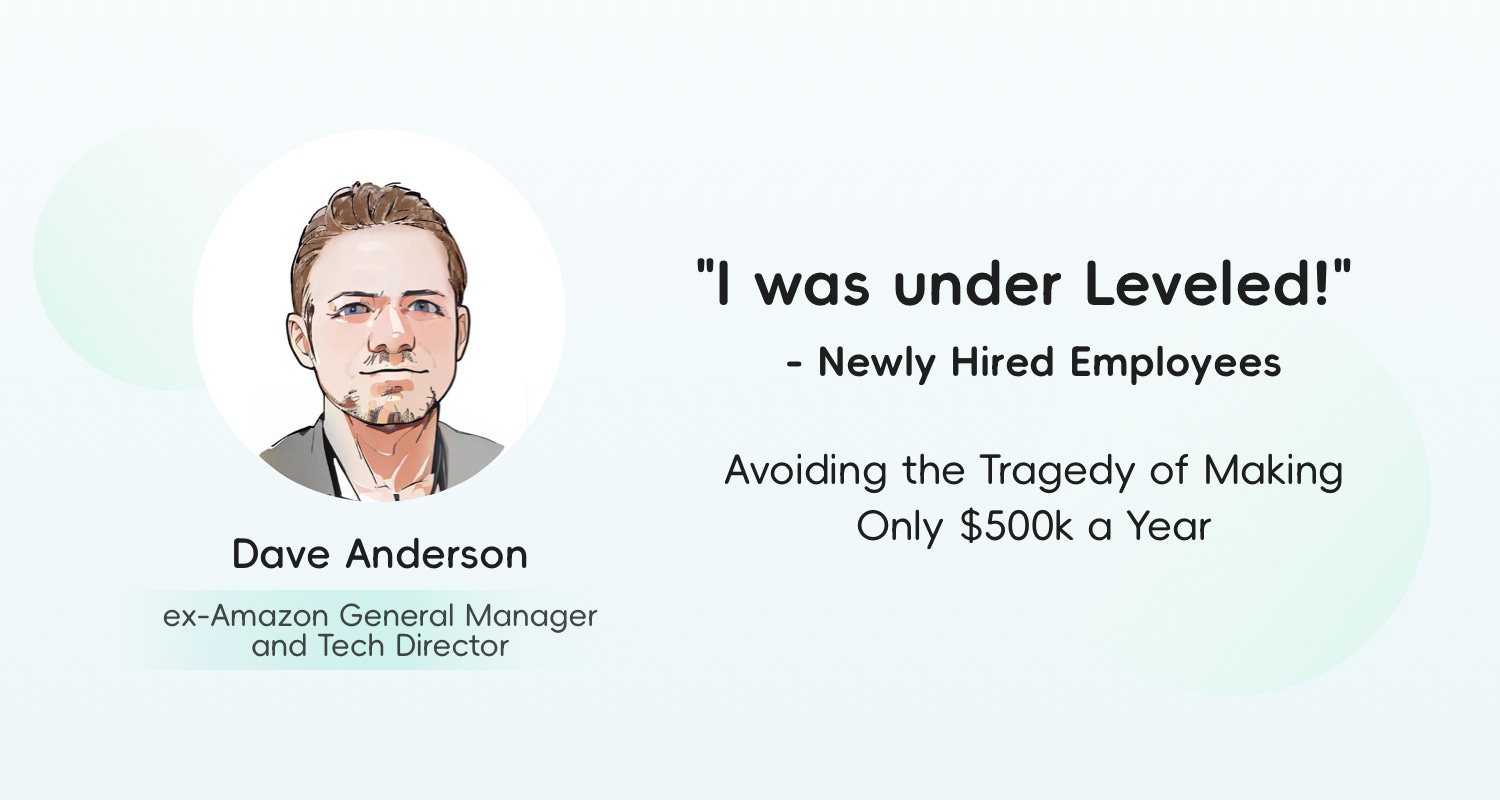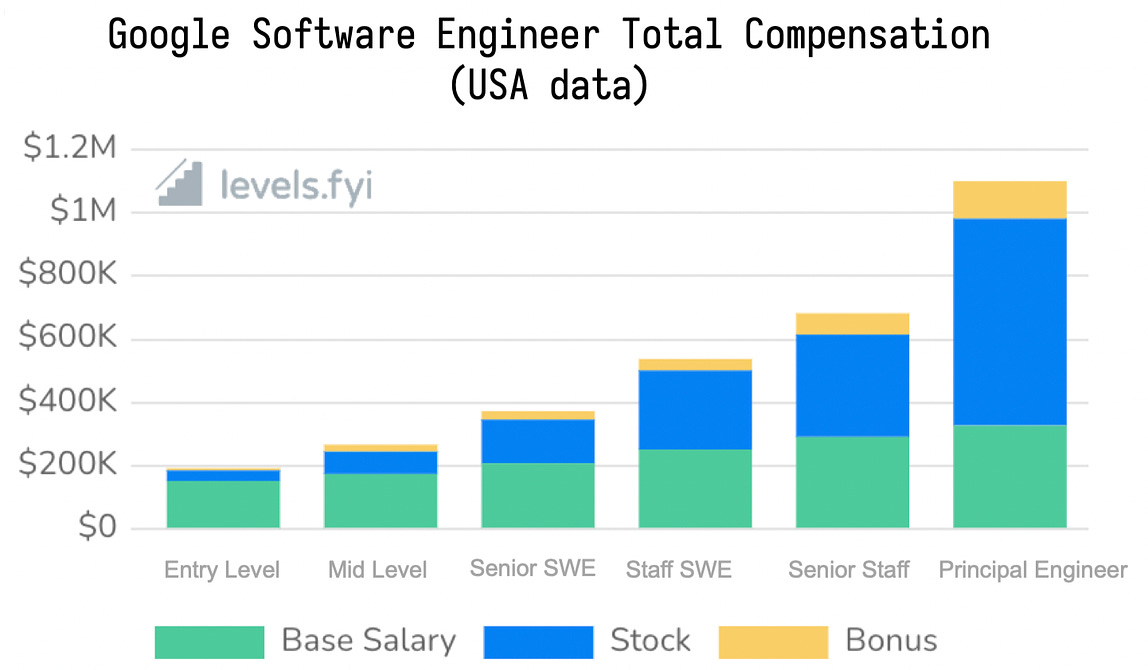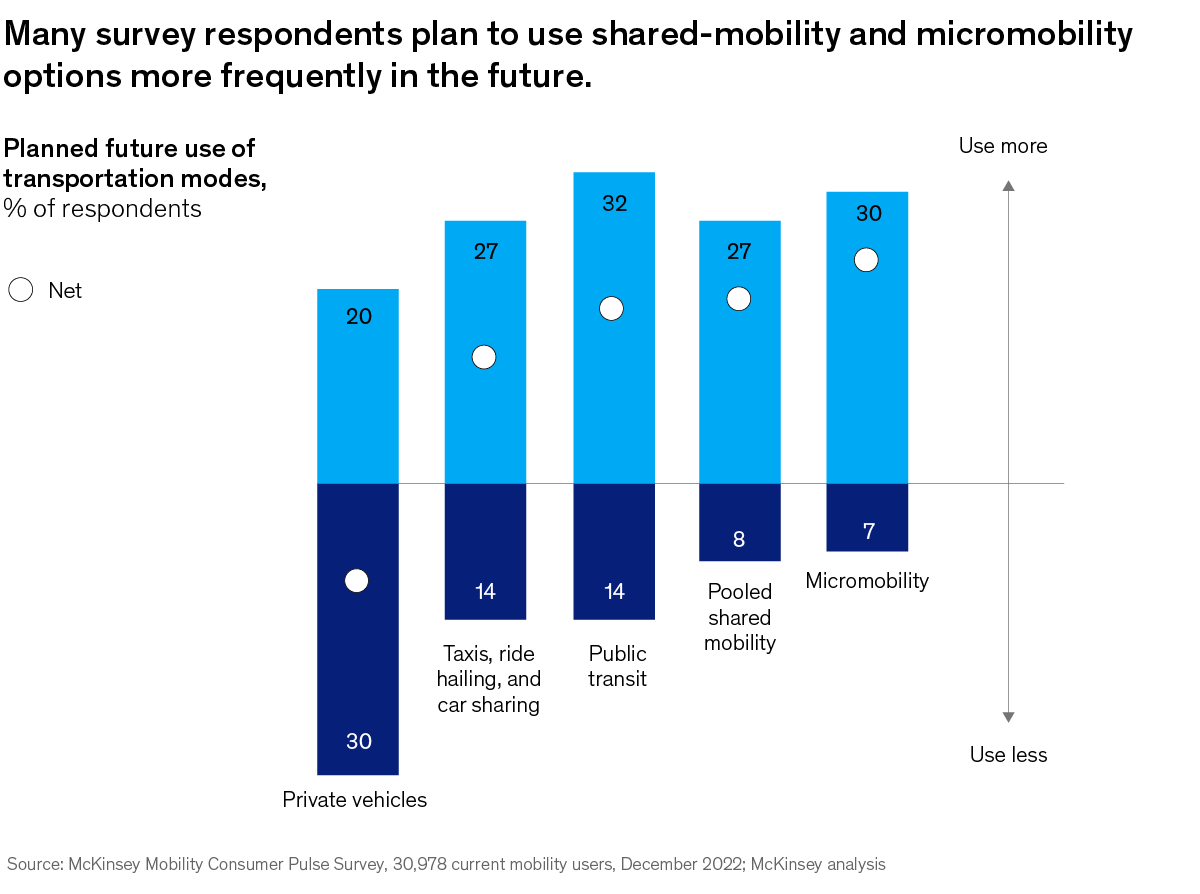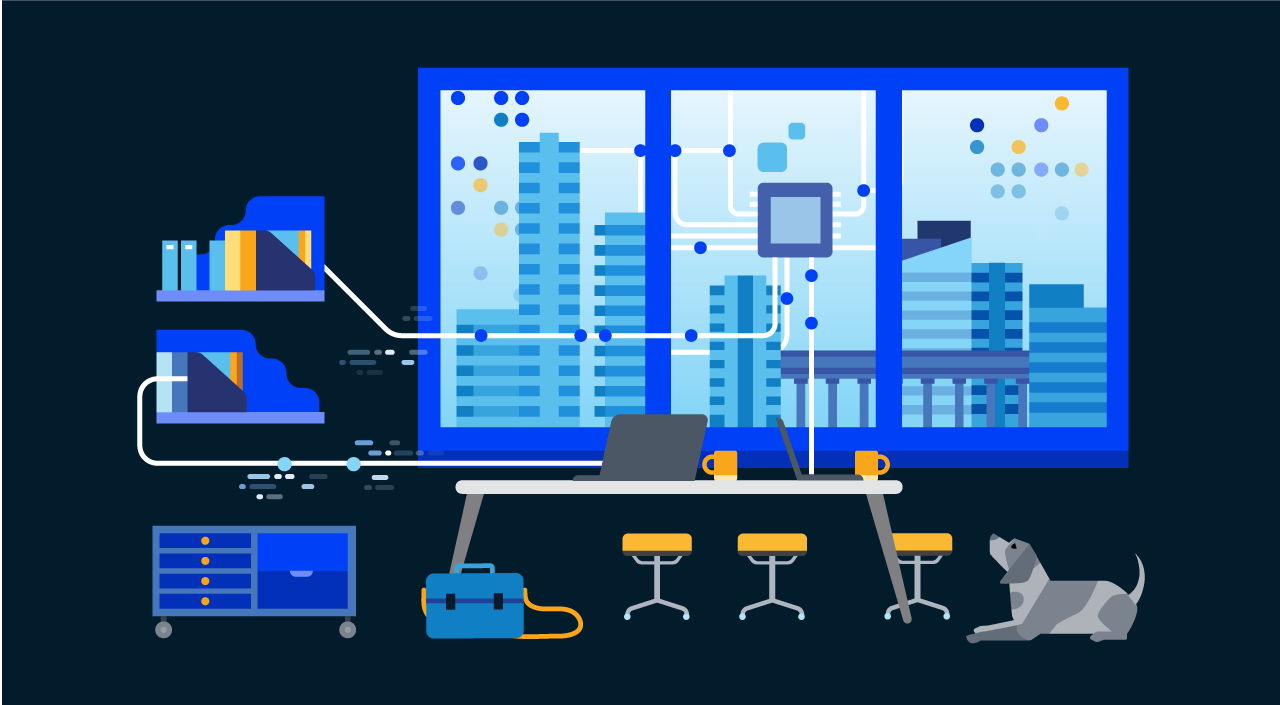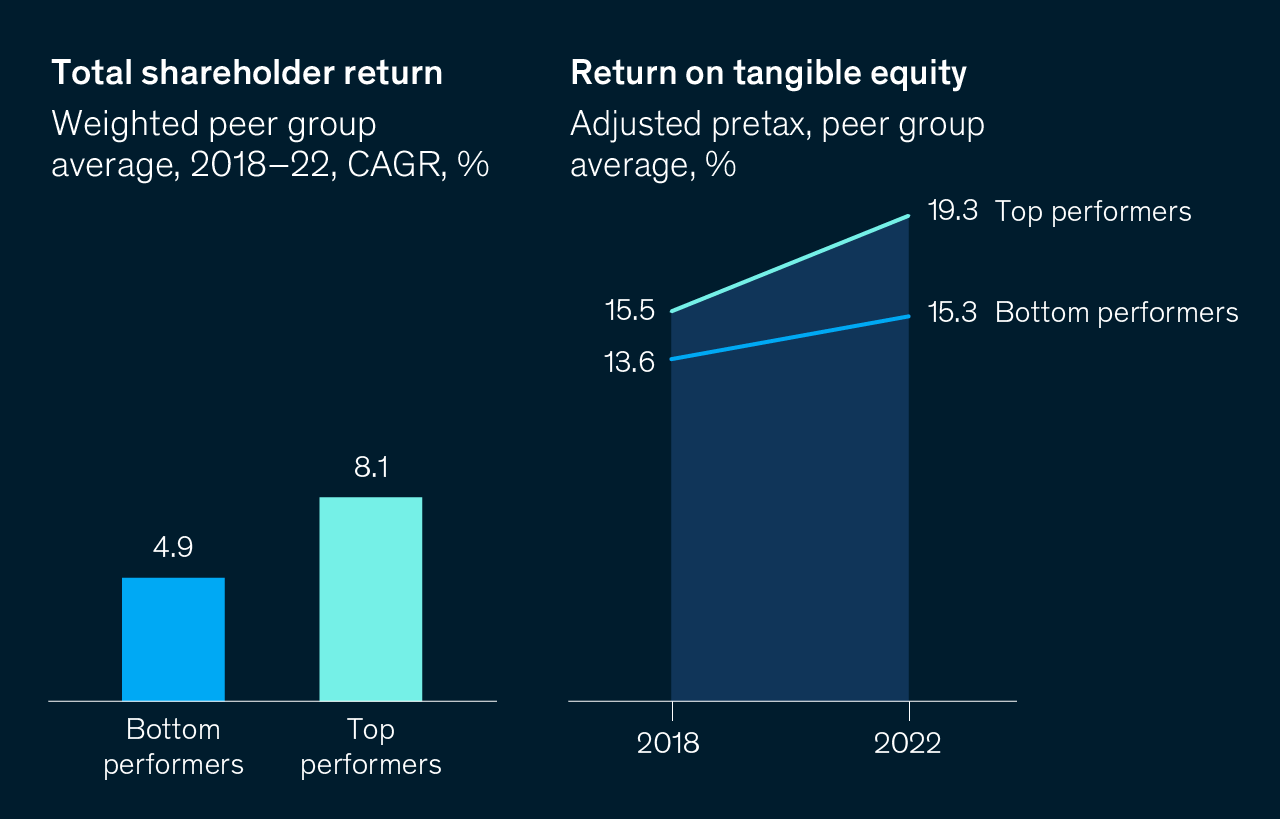Archives
- By thread 5341
-
By date
- June 2021 10
- July 2021 6
- August 2021 20
- September 2021 21
- October 2021 48
- November 2021 40
- December 2021 23
- January 2022 46
- February 2022 80
- March 2022 109
- April 2022 100
- May 2022 97
- June 2022 105
- July 2022 82
- August 2022 95
- September 2022 103
- October 2022 117
- November 2022 115
- December 2022 102
- January 2023 88
- February 2023 90
- March 2023 116
- April 2023 97
- May 2023 159
- June 2023 145
- July 2023 120
- August 2023 90
- September 2023 102
- October 2023 106
- November 2023 100
- December 2023 74
- January 2024 75
- February 2024 75
- March 2024 78
- April 2024 74
- May 2024 108
- June 2024 98
- July 2024 116
- August 2024 134
- September 2024 130
- October 2024 141
- November 2024 171
- December 2024 115
- January 2025 216
- February 2025 140
- March 2025 220
- April 2025 233
- May 2025 239
- June 2025 303
- July 2025 153
-
กำลังมองหาแพลตฟอร์ม Edge ที่ปลอดภัยอยู่ใช่ไหม
Schneider Electric
ความปลอดภัยของเครือข่ายเอดจ์เครือข่ายเอดจ์แบบกระจายมีความสำคัญต่อภารกิจ แต่การหยุดทำงานเป็นภัยคุกคามเมื่อไม่ได้รับความสนใจเท่ากับที่ศูนย์ข้อมูลระบบคลาวด์ขนาดใหญ่ได้รับ อ่านเอกสารไวท์เปเปอร์เกี่ยวกับแนวทางปฏิบัติที่ดีที่สุดสำหรับความยืดหยุ่นและความปลอดภัยที่ Edgeผ่านการทดสอบตามมาตรฐานระดับสูงEcoStruxure™ IT ได้รับการประเมินอย่างต่อเนื่องโดยพันธมิตรด้านความปลอดภัยบุคคลที่สามที่ได้รับการรับรอง ดังนั้นคุณจึงวางใจได้ว่าข้อมูลของลูกค้าอยู่ในมือที่ปลอดภัยและปลอดภัยในโลกไซเบอร์ทำให้ลูกค้าของคุณมีความยืดหยุ่นมากขึ้นใบรับรอง Edge Software & Digital Services ของเราให้อำนาจคุณในการให้คำแนะนำด้านความปลอดภัยและความยืดหยุ่นล่วงหน้าเพื่อให้ลูกค้าของคุณพร้อมใช้งานสำหรับข่าวสารล่าสุดเกี่ยวกับความยืดหยุ่นและคำแนะนำทั้งหมดลงทะเบียนสำหรับ mySchneider IT Solutions Partner Program ที่ได้รับรางวัล+ Lifecycle Services From energy and sustainability consulting to optimizing the life cycle of your assets, we have services to meet your business needs. Schneider Electric
46 Rungrojthanakul Building. 1st, 10th, 11th Floor, Ratchadapisek Road. Huaykwang
Bangkok - 10310, Thailand
Phone +662 617 5555© 2023 Schneider Electric, All Rights Reserved. Schneider Electric trademarks are owned by Schneider Electric or its affiliated companies in the United States and other countries. All other trademarks are property of their respective owners.
by "APC by Schneider Electric" <reply@se.com> - 11:00 - 31 Jul 2023 -
ADAS - Advanced Driver Assistance System designed to work with Multiple Industry
ADAS - Advanced Driver Assistance System designed to work with Multiple Industry
Discover the untapped potential of ADAS in enhancing safety and mitigating risks.
Discover the untapped potential of ADAS in enhancing safety and mitigating risks.
Use Cases Across Industries
Trucking Industry
Reduce accidents, improve fuel efficiency, and enhance cargo security with the power of ADAS in the trucking industry.
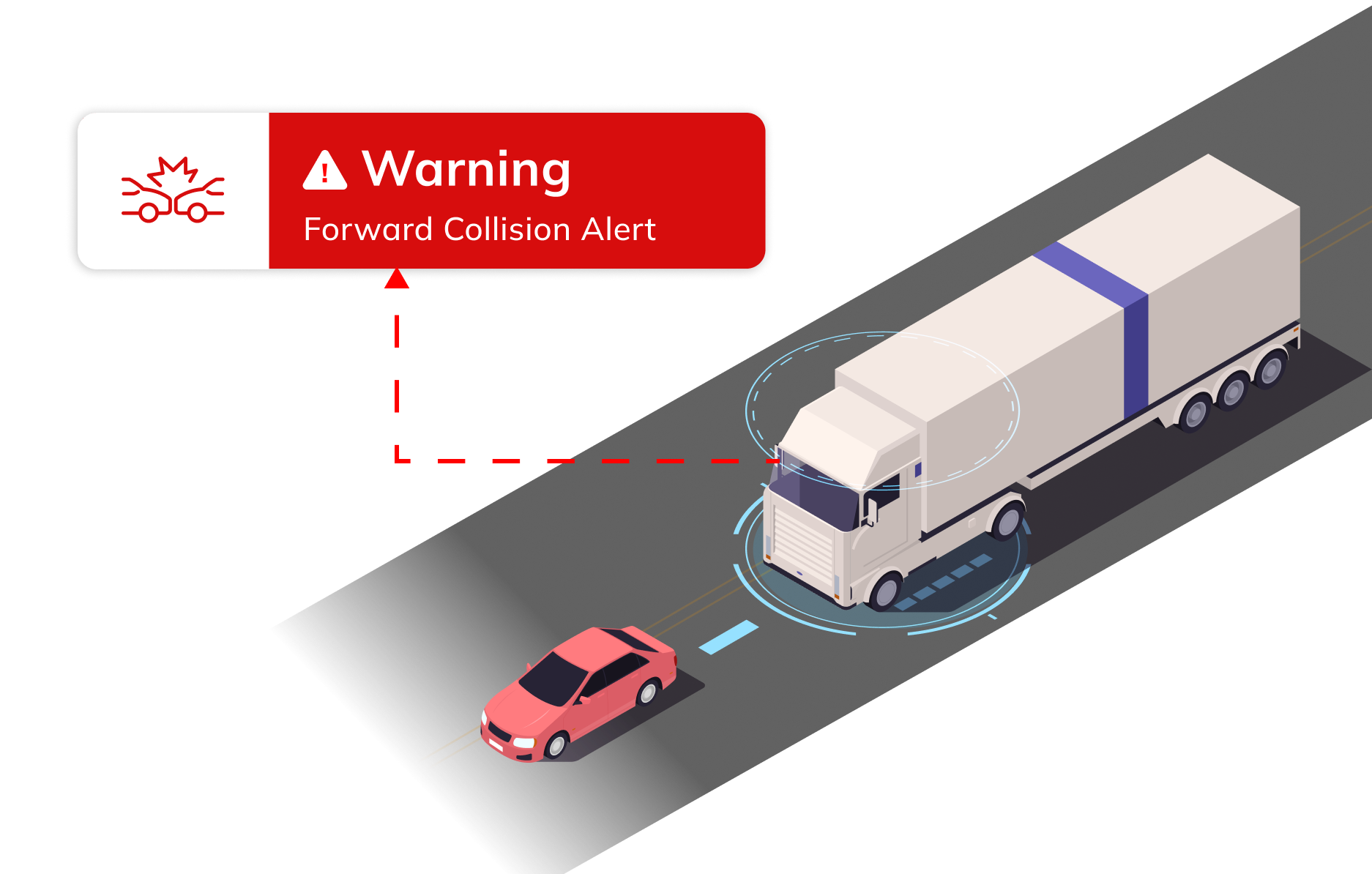
Passenger Transport
Enhanced safety for passengers, increased fleet efficiency, and improved customer experience.

Emergency Services
ADAS integration in emergency vehicles for prioritized traffic signal passage and safe intersection navigation.

Discuss your use-case to get your business growing
Uffizio Technologies Pvt. Ltd., 4th Floor, Metropolis, Opp. S.T Workshop, Valsad, Gujarat, 396001, India
by "Sunny Thakur" <sunny.thakur@uffizio.com> - 11:00 - 31 Jul 2023 -
Don't Miss Out! "Overview: Intel® Developer Cloud for the Edge – Bare-metal Development"
Don't Miss Out! "Overview: Intel® Developer Cloud for the Edge – Bare-metal Development"

Overview: Intel® Developer Cloud for the Edge – Bare-metal Development
Live Virtual training
Thursday, August 03, 2023
08:30 am - 9:30 am PDTRegister Now 
Intel® Developer Cloud for the Edge is designed to help you prototype, evaluate, and benchmark AI and edge solutions on Intel® hardware with immediate worldwide access. Within the Developer Cloud, the Bare-metal platform enables you to develop or import your computer vision or edge AI application using a JupyterLab environment on a bare-metal infrastructure.
In this session, you will learn:
- Intel® Developer Cloud for the Edge Overview
- Gain an understanding of Intel® Developer Cloud for the Edge, its key features, and the value it offers for edge computing.
- Software portfolio
- Discover how to harness the power of OpenVINO™ 2.0 API to build applications using code snippets, create reusable blocks of code to accelerate development.
- Explore the capabilities of Deep Learning Workbench for fine-tuning and optimizing your AI models.
- Explore real-world use cases with telemetry insights, demonstrating the practical application of the software portfolio.
- Hardware portfolio
- Get an exclusive look at the latest and greatest hardware onboarded on the Developer Cloud in 2022-2023
- Gain insights into the hardware's capabilities and how it can enhance your edge computing applications.
- Learn about workload testing and how to analyze inference performance on different Intel® Hardware.
- Discover how telemetry insights can provide valuable optimization opportunities for your projects.
- BKMs for software and hardware combinations
- Recommendations and guidelines for achieving optimal performance with specific software and hardware combinations.
Register Now 
Speaker

Monique Jones
Developer Cloud for the Edge - Technical Product Manager
IntelMeet Monique, a passionate technical product manager for Intel Developer Cloud for the Edge with 10+ years of experience in AI and cutting-edge technology. She brings a unique blend of technical expertise and product management skills to solve complex business challenges and drive innovation. Prior to her current role, as a senior software engineer and team lead at Intel, Monique developed end-to-end AI solutions and optimized AI models for Intel hardware, resulting in multi-million dollar design wins. Her experience and technical proficiency make her a sought-after speaker at worldwide conferences and events. Monique holds a Bachelor of Science in Electrical Engineering/Computer Engineering from Texas State University and is dedicated to staying current with the latest technology to leverage AI solutions for transformative change.





If you forward this email, your contact information will appear in any auto-populated form connected to links in this email.
This was sent to info@learn.odoo.com because you are subscribed to Webinars. To view and manage your marketing-related email preferences with Intel, please click here.
© 2023 Intel Corporation
Intel Corporation, 2200 Mission College Blvd., M/S RNB4-145, Santa Clara, CA 95054 USA. www.intel.com
Privacy | Cookies | *Trademarks | Unsubscribe | Manage Preferences
by "Intel Corporation" <intel@plan.intel.com> - 11:30 - 31 Jul 2023 -
What’s age got to do with it? A leader’s guide to the changing workforce
All ages need apply
by "McKinsey Leading Off" <publishing@email.mckinsey.com> - 02:12 - 31 Jul 2023 -
How do great CEOs successfully transition out of the role?
On Point
Four tips for a better handoff Brought to you by Liz Hilton Segel, chief client officer and managing partner, global industry practices, & Homayoun Hatami, managing partner, global client capabilities
• Leadership legitimacy. The role of CEO carries great authority. Yet newly appointed executives who rely solely on authority to lead can only partly inspire. Displaying competence is a deeper way to influence, but workers’ support may rise or fall depending on a leader’s performance. New CEOs who gain legitimacy, however, earn the perceived right to lead in the best and worst of times. By acting with integrity, particularly when that comes at a cost—for instance, recalling a dangerous item immediately—leaders earn the trust of employees. [HBR]
• What bad transitions cost. When you’re a celebrated CEO, it’s hard to imagine being unprepared at the end of your career, McKinsey senior partner Carolyn Dewar and coauthors share. But as the transition to a new CEO gets closer, the reality that you’ve never done this before can feel daunting. Unlike Olympic athletes who practice over and over, you’ll only have one very public shot at it, and under emotional strain. Poorly managed C-suite transitions wipe out close to $1 trillion in market value every year in S&P 1500 companies.
• Better CEO handoffs. In a successful relay, the person receiving the baton starts running well before the baton reaches them. The best chief executives work with their directors on succession planning throughout their tenure. For instance, former Intuit CEO Brad Smith spoke to his board every quarter to update them on his succession plan. This helped to ensure there were no surprises when the time came to transition to a new CEO, Smith explains. See four best practices that will benefit any CEO contemplating a transition.
— Edited by Belinda Yu, editor, Atlanta
This email contains information about McKinsey's research, insights, services, or events. By opening our emails or clicking on links, you agree to our use of cookies and web tracking technology. For more information on how we use and protect your information, please review our privacy policy.
You received this email because you subscribed to the On Point newsletter.
Copyright © 2023 | McKinsey & Company, 3 World Trade Center, 175 Greenwich Street, New York, NY 10007
by "McKinsey On Point" <publishing@email.mckinsey.com> - 12:08 - 31 Jul 2023 -
The way people work, live, and shop is changing
Hybrid is here to stay Brought to you by Liz Hilton Segel, chief client officer and managing partner, global industry practices, & Homayoun Hatami, managing partner, global client capabilities
New from McKinsey & Company
The traditional workplace is no more. During the COVID-19 pandemic, office attendance plummeted, and the hybrid-work model took the reins. The ripple effects have been substantial: A wave of households left the urban cores of superstar cities, and consumers radically shifted the way they shopped. Check out this new report from the McKinsey Global Institute by Jan Mischke, Jonathan Woetzel, Olivia White, Aditya Sanghvi, Rob Palter, André Dua, Sven Smit, and coauthors to understand the extent to which real estate in superstar cities could continue to suffer. Then dive into more insights on the future of office and retail spaces—and peek into the hotel industry in the 2030s and beyond.
MORE FROM MCKINSEY
To see more essential reading on topics that matter, visit McKinsey Themes.
— Edited by Eleni Kostopoulos, managing editor, New York
Share these insights
This email contains information about McKinsey's research, insights, services, or events. By opening our emails or clicking on links, you agree to our use of cookies and web tracking technology. For more information on how we use and protect your information, please review our privacy policy.
You received this email because you subscribed to our McKinsey Global Institute alert list.
Copyright © 2023 | McKinsey & Company, 3 World Trade Center, 175 Greenwich Street, New York, NY 10007
by "McKinsey & Company" <publishing@email.mckinsey.com> - 05:08 - 29 Jul 2023 -
The week in charts
The Week in Charts
Digital and AI strategies, Mexican consumers’ spending habits, and more Share these insights
Did you enjoy this newsletter? Forward it to colleagues and friends so they can subscribe too. Was this issue forwarded to you? Sign up for it and sample our 40+ other free email subscriptions here.
This email contains information about McKinsey's research, insights, services, or events. By opening our emails or clicking on links, you agree to our use of cookies and web tracking technology. For more information on how we use and protect your information, please review our privacy policy.
You received this email because you subscribed to The Week in Charts newsletter.
Copyright © 2023 | McKinsey & Company, 3 World Trade Center, 175 Greenwich Street, New York, NY 10007
by "McKinsey Week in Charts" <publishing@email.mckinsey.com> - 03:20 - 29 Jul 2023 -
EP70: Cloud Services Cheat Sheet
EP70: Cloud Services Cheat Sheet
This week’s system design refresher: Top 7 ways to 10x your API performance (Youtube video) Cloud services cheat sheet Subjects that should be mandatory in schools What is FedNow? 5 inter-process communications Sponsor US Generate SDKs and documentation for your API with Fern (Sponsored Open in app or online This week’s system design refresher:
Top 7 ways to 10x your API performance (Youtube video)
Cloud services cheat sheet
Subjects that should be mandatory in schools
What is FedNow?
5 inter-process communications
Sponsor US
Generate SDKs and documentation for your API with Fern (Sponsored)
Fern is an open-source CLI that creates SDKs and API docs for REST APIs.
SDKs: generate idiomatic client libraries for interacting with APIs, eliminating manual SDK writing. Fern supports automatic publishing to registries like NPM and PyPI.
Documentation: get Stripe-like API docs that can be personalized to match your existing company website.
Compatible with OpenAPI: use your existing OpenAPI spec
Top 7 Ways to 10x Your API Performance
A nice cheat sheet of different cloud services (2023 edition)
Guest post by Govardhana Miriyala Kannaiah.
This is a sneak peek of today’s paid newsletter for our premium subscribers. Get access to this issue and all future issues - by subscribing today.
Latest articles
If you’re not a subscriber, here’s what you missed this month:
"I Was Under Leveled!" — Avoiding the Tragedy of Making Only $500k a Year
Everything You Always Wanted to Know About TCP But Too Afraid to Ask
To receive all the full articles and support ByteByteGo, consider subscribing:
An interesting list of subjects that should be mandatory in schools
While academics are essential, it's crucial to acknowledge that many elements in this diagram would have been beneficial to learn earlier.
Over to you: What else should be on the list? What are the top 3 skills you wish schools would teach?
Credit: Instagram accounts on startup_rulesWhat is FedNow (instant payment)?
JPMorgan, Wells Fargo, and other major banks will use the new Federal Reserve's 'FedNow' instant payment system. Let's take a look at how it works.
Federal Reserve launched FedNow instant payment service on 20 Jul. It allows retail clients to send and receive money within seconds and it is available 24x7.
What does this mean?
1. Peer-to-peer payment services in the private sector like Venmo or PayPal act as intermediaries between banks, so we need to leverage payment schemes for clearing and Fed systems for settlement. However, FedNow can directly settle the transactions in central bank accounts. [1]
2. Fedwire, another real-time payments system, will still function in large-value or low-value payments. FedNow is not designed to replace Fedwire.The diagram below shows a comparison between FedNow and ACH (Automated Clearing House), which is used in domestic low-value payments.
FedNow [2]
Step 0 - Bob wants to pay Alice $1000.
Step 1 - Bob initiates a payment transaction using FedNow.
Step 2 - The sender’s bank submits a payment message to FedNow.
Step 3 - The FedNow service validates the payment message.
Step 4 - The FedNow service sends the payment message to the receiver’s bank, where it is confirmed.
Step 5 - The receiver’s bank replies to FedNow, confirming that the payment is accepted.
Step 6 - The FedNow service debits and credits the designated accounts of the sender and receiver’s banks.
Step 7 - The FedNow service notifies the sender’s bank and receiver’s bank that the settlement is complete.
Step 8 - The banks debit and credit the bank accounts.ACH
Step 1 - Bob receives authorization from Alice that he can deduct from Alice’s account.
Step 2 - The payment transaction is sent to the receiver’s bank.
Step 3 - The bank collects files in batches and sends them to the ACH operator.
Step 4 - The ACH operator sends the files to the sender’s bank.
Step 5 - The sender’s bank pulls funds from Alice’s account.
Step 6 - Withdrawn funds are sent to the ACH operator.
Step 7 - The ACH operator distributes funds to Bob’s bank.
Step 8 - Bob receives the fund.
Step 9 - The clearing instructions are sent to Fedwire.
Step 10 - Fedwire sends clearing broadcasts to banks for settlements.
Over to you: What types of instant payment systems does your country provide?
References:
[1] Federal Reserve launches FedNow instant payment service that could bypass Venmo and PayPal
[2] Q&A on the Federal Reserve’s FedNow ServiceHow do processes talk to each other on Linux?
The diagram below shows 5 ways of Inter-Process Communication.
Pipe
Pipes are unidirectional byte streams that connect the standard output from one process to the standard input of another process.Message Queue
Message queues allow one or more processes to write messages, which will be read by one or more reading processes.Signal
Signals are one of the oldest inter-process communication methods used by Unix systems. A signal could be generated by a keyboard interrupt or an error condition such as the process attempting to access a non-existent location in its virtual memory. There are a set of defined signals that the kernel can generate or that can be generated by other processes in the system. For example, Ctrl+C sends a SIGINT signal to process A.Semaphore
A semaphore is a location in memory whose value can be tested and set by more than one process. Depending on the result of the test and set operation one process may have to sleep until the semaphore's value is changed by another process.Shared Memory
Shared memory allows one or more processes to communicate via memory that appears in all of their virtual address spaces. When processes no longer wish to share the virtual memory, they detach from it.
Reference: Interprocess Communication Mechanisms
SPONSOR US
📈Feature your product in the biggest technology newsletter on Substack.
ByteByteGo is the biggest technology newsletter on Substack with 500,000 readers working at companies like Apple, Meta, Amazon, Google, etc. They have the influence and autonomy to make large purchase decisions. If you are interested in sponsoring us, please send an email to hi@bytebytego.com.
Latest articles
Here are the latest articles you may have missed:
To receive all the full articles and support ByteByteGo, consider subscribing:
Like
Comment
Restack
© 2023 ByteByteGo
548 Market Street PMB 72296, San Francisco, CA 94104
Unsubscribe
by "ByteByteGo" <bytebytego@substack.com> - 11:37 - 29 Jul 2023 -
Attention
Dear Sir/Ma,
I am sending this email on behalf of the Congolese Revolutionary Front (CRF),
I am inquiring if your company can supply Toyota Hilux Vehicles to our revolutionary movement in Drc Congo.We shall make upfront payment before the supply.
You don’t have to send shipment directly to Drc Congo. The shipment could be sent to Mombasa Seaport Kenya, and we shall handle the rest ourselves to Dr Congo.
Let me hear from you.
Regards,
David Moussavou
Email: davidmoussavou@yandex.com
Congolese Revolutionary Front (CRF)
by "David Moussavou" <support@getnada.com> - 05:02 - 28 Jul 2023 -
Nine steps for implementing generative AI
The Shortlist
Four new insights Curated by Liz Hilton Segel, chief client officer and managing partner, global industry practices, & Homayoun Hatami, managing partner, global client capabilities
Twice monthly, we bring you four new insights out of the dozens we publish that we think are worth a second glance from any business leader in any geography. In this edition, we look at concrete steps technologists can take to implement generative AI, ways to juice your company’s sales productivity, and more. We hope you enjoy the read.
—Liz and Homayoun
Everyone’s doing it. Last we checked, around 90 percent of companies are going through some kind of digital transformation. But is everyone doing it right? Signs point to no. Our latest bestselling book, Rewired: The McKinsey Guide to Outcompeting in the Age of Digital and AI, lays out what it really takes to move the needle on digital and AI transformation—and offers tips for getting a stalled transformation back in gear.
Hear authors Eric Lamarre, Kate Smaje, and Rodney Zemmel expand on what companies can do to compete in the modern era of digital and AI in the latest edition of The McKinsey Podcast: What really works when it comes to digital and AI transformations?
We crunched the data to find out. Learn about our three suggested focus areas in How top performers outpace peers in sales productivity, a new article by Paolo Cencioni, Richelle Deveau, Lia Ketola, Philipp Landauer, and Siamak Sarvari.
Take your time—but hurry. Gen AI is on a host of CIO and CTO to-do lists these days. But despite what a lot of nontechnologists might think, tech execs don’t just snap their fingers and immediately conjure up fully formed new tech products. That said, the gold rush is on: companies that orchestrate gen-AI infrastructure the fastest stand to create serious, sustainable value.
We analyzed gen-AI initiatives at more than 50 organizations to isolate nine concrete actions that can help companies create value. To learn more, read Technology’s generational moment with generative AI: A CIO and CTO guide, by Aamer Baig, Sven Blumberg, Eva Li, Douglas Merrill, Adi Pradhan, Megha Sinha, Alexander Sukharevsky, and Stephen Xu.
Share these insights
This email contains information about McKinsey’s research, insights, services, or events. By opening our emails or clicking on links, you agree to our use of cookies and web tracking technology. For more information on how we use and protect your information, please review our privacy policy.
You received this email because you subscribed to The Shortlist newsletter.
Copyright © 2023 | McKinsey & Company, 3 World Trade Center, 175 Greenwich Street, New York, NY 10007
by "McKinsey Shortlist" <publishing@email.mckinsey.com> - 02:44 - 28 Jul 2023 -
Which tech trends matter most for organizations in 2023?
On Point
15 technologies to watch Brought to you by Liz Hilton Segel, chief client officer and managing partner, global industry practices, & Homayoun Hatami, managing partner, global client capabilities
• Geographic winners. From the rise of personal computing to the birth of social media, Silicon Valley’s influence over the global tech sector has lasted decades. The generative-AI boom could strengthen the region’s dominance in technology. One in four generative-AI jobs in the past year were listed in the Bay Area, per a Brookings Institution analysis of about 2,200 job postings in roughly 380 US metro areas. Hubs that become early tech adopters often long benefit from the financial assets and skilled workforces associated with those technologies. [NYT]
• AI’s next frontier. After a tough year for tech talent and investment in 2022, enthusiasm for technology is growing. To help leaders track the latest developments, the McKinsey Technology Council—including chair Lareina Yee and coauthors—identified 15 of the most significant tech trends. Last year’s 14 trends remain relevant. One new trend, generative AI, could add as much as $4.4 trillion in economic value annually. Even so, generative AI is just one of many advances that could propel growth and solve complex challenges.
— Edited by Belinda Yu, editor, Atlanta
This email contains information about McKinsey's research, insights, services, or events. By opening our emails or clicking on links, you agree to our use of cookies and web tracking technology. For more information on how we use and protect your information, please review our privacy policy.
You received this email because you subscribed to the On Point newsletter.
Copyright © 2023 | McKinsey & Company, 3 World Trade Center, 175 Greenwich Street, New York, NY 10007
by "McKinsey On Point" <publishing@email.mckinsey.com> - 10:05 - 27 Jul 2023 -
Forward Thinking on how to live our longer lives with Andrew J. Scott
Make a friend of your future self New from McKinsey Global Institute

Forward Thinking on how to live our longer lives with Andrew J. Scott
A British economist talks about longevity and how we can adapt to living for longer.
Make a friend of your future self Prefer audio? Listen to the podcast, and explore past episodes of the Forward Thinking Podcast. Subscribe via Google Podcasts, Apple Podcasts, Spotify, Stitcher, and Amazon Music.

Living longer in better health: Six shifts needed for healthy aging

Share these insights
This email contains information about McKinsey's research, insights, services, or events. By opening our emails or clicking on links, you agree to our use of cookies and web tracking technology. For more information on how we use and protect your information, please review our privacy policy.
You received this email because you subscribed to our McKinsey Global Institute alert list.
Copyright © 2023 | McKinsey & Company, 3 World Trade Center, 175 Greenwich Street, New York, NY 10007
by "McKinsey Global Institute" <publishing@email.mckinsey.com> - 02:58 - 27 Jul 2023 -
"I Was Under Leveled!" — Avoiding the Tragedy of Making Only $500k a Year
"I Was Under Leveled!" — Avoiding the Tragedy of Making Only $500k a Year
While most topics in the ByteByteGo newsletter focus on technical knowledge, we also acknowledge the critical role of soft skills, particularly for senior engineers. In today's issue, we are fortunate to have Dave Anderson, former Amazon General Manager and Tech Director, as our guest contributor. He is renowned for his invaluable career guidance in the industry. I follow his newsletter regularly and have yet to find anyone else who offers such actionable and practical career advice. Open in app or online This is a sneak peek of today’s paid newsletter for our premium subscribers. Get access to this issue and all future issues - by subscribing today.
Latest articles
If you’re not a subscriber, here’s what you missed this month.
Network Protocols behind Server Push, Online Gaming, and Emails
Everything You Always Wanted to Know About TCP But Too Afraid to Ask
To receive all the full articles and support ByteByteGo, consider subscribing:
While most topics in the ByteByteGo newsletter focus on technical knowledge, we also acknowledge the critical role of soft skills, particularly for senior engineers. In today's issue, we are fortunate to have Dave Anderson, former Amazon General Manager and Tech Director, as our guest contributor. He is renowned for his invaluable career guidance in the industry. I follow his newsletter regularly and have yet to find anyone else who offers such actionable and practical career advice.
Follow Dave for more on LinkedIn and Twitter.
I also encourage you to check out his leadership and career-oriented newsletter for further insights.
Senior employees and executives make a common mistake while interviewing. They try to answer the interview questions, instead of focusing on their goals.
It's been a while since I wrote an interview advice article. With the tech layoffs creating a spike in interview coaching demand, I thought that passing along some of my most common feedback would be a good use of my time.
When I was at Amazon, one common complaint I'd hear from newly hired employees was, "I was Under Leveled." What they meant was that they felt that they'd received an offer for a position at a lower level than they deserved.
I distinctly remember one Senior Manager (making in the ballpark of $500k yearly.. yes, poor him), complaining that he'd had 250 people reporting to him at his previous company, and now he only had 25 people. He recognized that Amazon was a great place to be (which was why he took the offer), but he was baffled on how he was leveled like this. It felt like a step back in his career.
How does being under leveled happen to someone? How can you avoid it happening to you?
In the case of that Senior Manager, I took the time to investigate his interview notes to see what had happened. It turns out he made literally all the mistakes I outline below.
I regularly coach senior leaders and executives on interviewing. They're applying for roles at companies like Amazon for Principal, Director, and VP positions. In my first practice round with these employees, many of them made the same mistakes.
It's predictable and avoidable. And it all comes down to not concentrating on your goals.
What are your goals in answering interview questions?
Let's say that I ask a question like, "Tell me about a time you disagreed with a co-worker." It's a very common question.
Now, what is your goal here? Is your primary goal to tell me a story in which you disagreed with a co-worker? No. Because you might have a story which has a great conflict, but it won't accomplish your actual goals. What's the potential problem with your stories?
First, if you answer the question in a way that doesn't convince me to hire you for the job, you've failed.
Second, if you answer the question in a way that suggests that you're a lower level employee than you actually could be, you've failed.
You have two major goals.
You want to answer every question in a way that convinces me to hire you, and your answers should convince me that you're at the maximum possible/reasonable seniority.
But maximum possible seniority? That doesn't seem fair. Feels like gaming the system.
The interviewing system is stupid, inaccurate, inconsistent, and many other insulting words. We haven't invented a better scalable system, but it's not great at making fair decisions.
When in doubt, people will put you at a lower level.
When in doubt, people won't hire you at all.
You want to send the message that you're super remarkable, super valuable, and absolutely at the target level (if not higher).
Understand that your interviewer gets an incredibly short period of time with you. They take those tiny hints of data, and make gigantic assumptions about your capabilities and past performance.
Many of the most impressive career jumps people have made were when they interviewed incredibly well. I've heard of engineers at Amazon jumping two or three levels when interviewing at other companies. I've heard of managers jumping from 18-person teams to 800-person teams through a great interview.
Don't leave career growth or opportunity on the table. Think of the message you're sending.
Communicating Seniority with Peers and Interactions
You talk to someone at a dinner party. They say that they manage teams at Google. That sounds pretty cool to you. Google is a neat company. However, you have no idea how smart they are, or how important they are at Google. They could be an entry-level manager, or a VP.
Then they mention that they had a fun discussion with a VP the other day about AI.
Wham. You're now convinced that they're a senior employee. Certainly, not entry level. They are likely Director or VP level.
How does that work? Because you tend to interact with people around your level of seniority.
Is this fair? Nah. But it's how things work. We deal with practical things in this newsletter.
How can you use that information in an interview?
"Tell me about a time you disagreed with a coworker."
I've had senior leaders, managers of 100+ people, say something like:
"There was a college graduate, newly hired onto the team. As we were kicking off a new project, they said.."
You just announced to your interviewer that the most serious disagreement you had with a co-worker was with an entry-level hire. It sounds to me like you're a line manager (at best).
If you're answering a question where you discuss your peers, or someone you interact with, you must explain a situation where you're communicating with someone at the seniority you're aiming for. If you're interviewing for a Director level position, your interaction must be with other Directors or VPs.
"During a meeting, the VP of Marketing for North America asked..."
There we go. Now you're clearly a senior employee...
Keep reading with a 7-day free trial
Subscribe to ByteByteGo Newsletter to keep reading this post and get 7 days of free access to the full post archives.
A subscription gets you:
An extra deep dive on Thursdays Full archive Many expense it with team's learning budget Like
Comment
Restack
© 2023 ByteByteGo
548 Market Street PMB 72296, San Francisco, CA 94104
Unsubscribe
by "ByteByteGo" <bytebytego@substack.com> - 11:41 - 27 Jul 2023 -
[Online workshop] Troubleshooting Applications and back end performance with APM 360
New Relic
 Register for this online workshop on the 17th August at 10 AM BST/ 11 AM CEST for a comprehensive introduction to New Relic APM 360, the cutting-edge solution for modern distributed applications.
Register for this online workshop on the 17th August at 10 AM BST/ 11 AM CEST for a comprehensive introduction to New Relic APM 360, the cutting-edge solution for modern distributed applications.
APM 360 allows you to get a unified view of critical telemetry data across your stack and development lifecycle. Prevent issues before they escalate and troubleshoot faster with integrated infrastructure monitoring, error user impact analysis, and distributed tracing. APM 360 helps eliminate blind spots with guided workflows, ensuring comprehensive observability.
In this online workshop, you’ll learn how to:
- Use new UI components to troubleshoot, assess user impact, and uncover coverage gaps
- Work with the updated infrastructure table to assess underlying backend issues
- Utilise the new distributed tracing component to quickly assess impacted services
- Explore the error user impact chart
- Determine root cause with errors inbox and error stack traces data
Register now Need help? Let's get in touch. 

 This email is sent from an account used for sending messages only. Please do not reply to this email to contact us—we will not get your response.
This email is sent from an account used for sending messages only. Please do not reply to this email to contact us—we will not get your response.View in browser
This email was sent to info@learn.odoo.com. Update your email preferences.For information about our privacy practices, see our Privacy Policy.
Need to contact New Relic? You can chat or call us at +44 20 3859 9190
Strand Bridge House, 138-142 Strand, London WC2R 1HH
© 2023 New Relic, Inc. All rights reserved. New Relic logo are trademarks of New Relic, Inc.
by "New Relic" <emeamarketing@newrelic.com> - 05:26 - 27 Jul 2023 -
Are you offering the right rewards to middle managers?
On Point
Make middle management a destination Brought to you by Liz Hilton Segel, chief client officer and managing partner, global industry practices, & Homayoun Hatami, managing partner, global client capabilities
• Tight squeeze. Middle managers face a tricky balance between carrying out leadership’s directives or implementing new policies and motivating their direct reports. What people want from work (development in addition to flexibility and higher pay) has changed, but managers often don’t have the training or time to deliver these requests. A 2022 study of 20,000 workers found that more than 50% of managers identified as burned out. Executives who provide feedback in the form of coaching—rather than demands—can help managers feel more supported, a senior leader says. [FT]
• The heart of it all. Management hierarchies—climbing the ladder through a series of linear promotions—might not appeal to everyone. Not every individual contributor wants to manage people, and not every middle manager desires a corner office. Think of middle managers as the connective tissue between tasks and the people who execute them. Organizations lose valuable employees when they get promoted to positions they don’t enjoy, according to McKinsey partner Emily Field and colleagues (authors of the new book, Power to the Middle: Why Managers Hold the Keys to the Future of Work).
• Rethink promotions. Many companies are still in the dark about how to promote top performers while keeping them in the same role. Effective organizations, however, recognize the need to reward inspiring middle managers without drastically changing what they love about their jobs. This model works in the trades, where apprentices eventually become masters in their field. Some companies also allow people in technical roles to take a technical-career track, rather than appointing them to lead a team. Learn how to retain superstar middle managers without promoting them out of the roles that energize them.
— Edited by Gwyn Herbein, editor, Atlanta
This email contains information about McKinsey's research, insights, services, or events. By opening our emails or clicking on links, you agree to our use of cookies and web tracking technology. For more information on how we use and protect your information, please review our privacy policy.
You received this email because you subscribed to the On Point newsletter.
Copyright © 2023 | McKinsey & Company, 3 World Trade Center, 175 Greenwich Street, New York, NY 10007
by "McKinsey On Point" <publishing@email.mckinsey.com> - 12:50 - 27 Jul 2023 -
Rising business opportunities with our ADAS solution
Rising business opportunities with our ADAS solution
Advanced Driver Assistance System (ADAS)
Embrace ADAS Technology for Growth
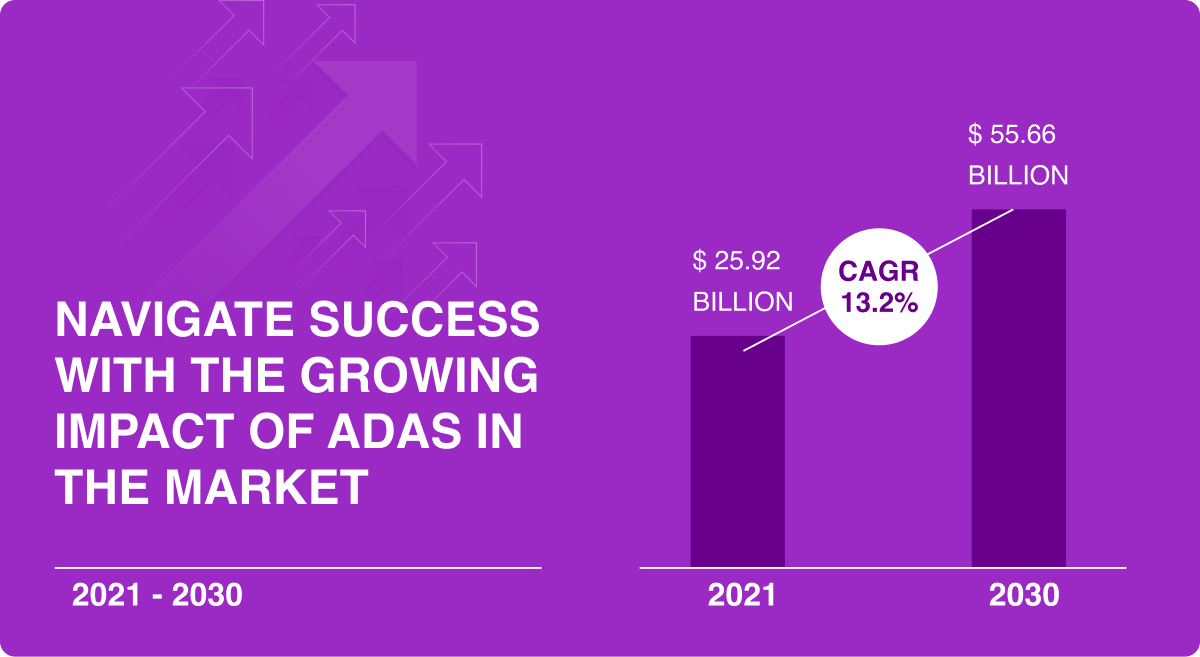
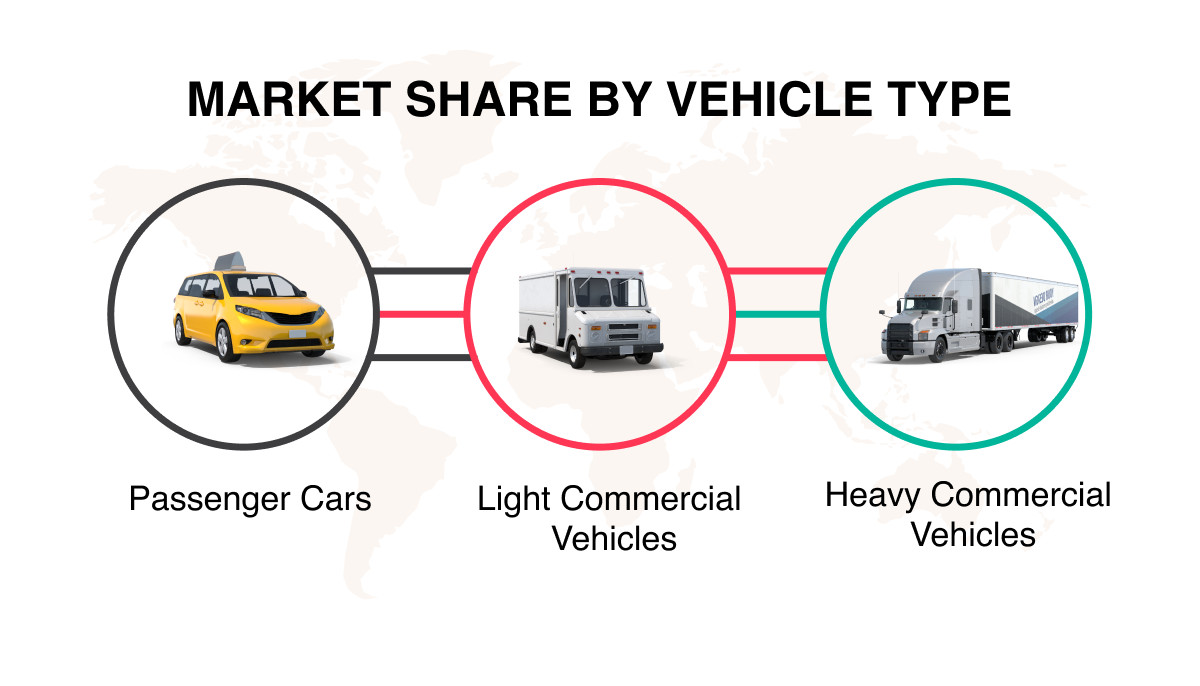
Empowers your clients with real-time alerts and comprehensive reports, making their fleets smarter and safer
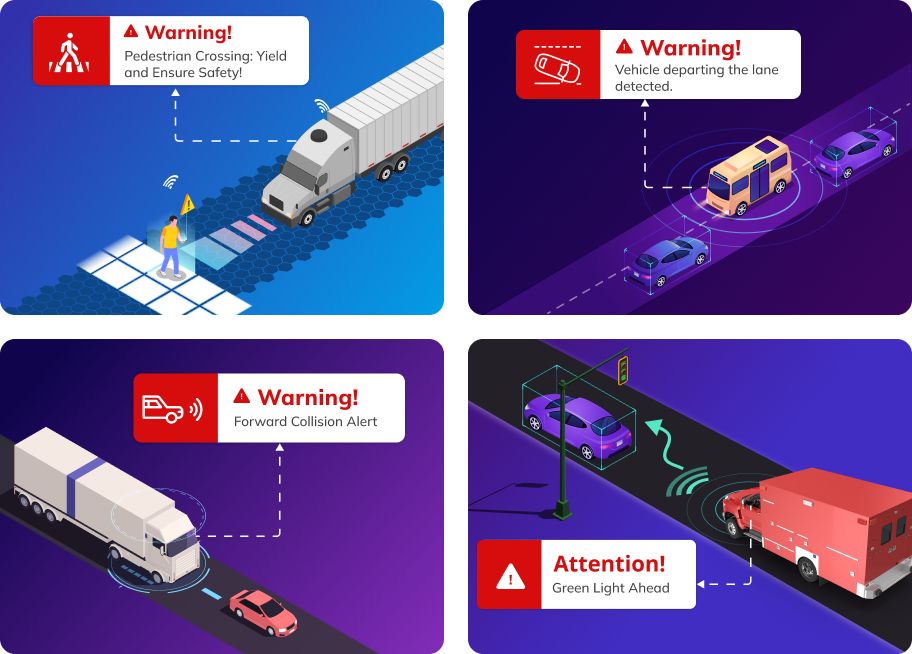
To know more and dive deeper

Uffizio Technologies Pvt. Ltd., 4th Floor, Metropolis, Opp. S.T Workshop, Valsad, Gujarat, 396001, India
by "Sunny Thakur" <sunny.thakur@uffizio.com> - 07:00 - 26 Jul 2023 -
Generative AI and the future of work in America
Download the full report Brought to you by Liz Hilton Segel, chief client officer and managing partner, global industry practices, & Homayoun Hatami, managing partner, global client capabilities
Since the pandemic, the way we think about work has dramatically evolved—remote and hybrid work have become commonplace and companies are quickly adopting automation technologies such as generative AI. Meanwhile, a remarkable number of workers in the US are changing jobs—more than 8 million occupational shifts took place from 2019 through 2022 and an additional 12 million occupational shifts are expected by 2030. How should we make sense of all of this? In a new McKinsey Global Institute report, McKinsey’s Kweilin Ellingrud, Saurabh Sanghvi, Gurneet Singh Dandona, Anu Madgavkar, Michael Chui, Olivia White, and Paige Hasebe explain the forces that are affecting the US labor market, including the potential of generative AI boosting productivity in the US. Be sure to download the full report as you navigate the future of work.
Quote of the day
Chart of the day
ALSO NEW
— Edited by Joyce Yoo, editor, New York
Share these insights
Did you enjoy this newsletter? Forward it to colleagues and friends so they can subscribe too. Was this issue forwarded to you? Sign up for it and sample our 40+ other free email subscriptions here.
This email contains information about McKinsey's research, insights, services, or events. By opening our emails or clicking on links, you agree to our use of cookies and web tracking technology. For more information on how we use and protect your information, please review our privacy policy.
You received this email because you subscribed to our McKinsey Global Institute alert list.
Copyright © 2023 | McKinsey & Company, 3 World Trade Center, 175 Greenwich Street, New York, NY 10007
by "McKinsey Daily Read" <publishing@email.mckinsey.com> - 06:08 - 26 Jul 2023 -
Are you rewired for a successful digital transformation?
Five Fifty
Get your briefing Digital transformations can create real business value: digital leaders improve shareholder returns and outperform their peers, say senior partners Eric Lamarre, Kate Smaje, and Rodney Zemmel.
Share these insights
Did you enjoy this newsletter? Forward it to colleagues and friends so they can subscribe too. Was this issue forwarded to you? Sign up for it and sample our 40+ other free email subscriptions here.
This email contains information about McKinsey’s research, insights, services, or events. By opening our emails or clicking on links, you agree to our use of cookies and web tracking technology. For more information on how we use and protect your information, please review our privacy policy.
You received this email because you subscribed to our McKinsey Quarterly Five Fifty alert list.
Copyright © 2023 | McKinsey & Company, 3 World Trade Center, 175 Greenwich Street, New York, NY 10007
by "McKinsey Quarterly Five Fifty" <publishing@email.mckinsey.com> - 04:03 - 26 Jul 2023 -
Calculate sales tax and VAT in real time, automatically
Calculate sales tax and VAT in real time, automatically
Here's what's new with Woo this month What's New with Woo
When it comes to collecting taxes, you don’t want to leave things to chance.
Take the effort out of determining tax rates and sell confidently across borders with automated tax management from Avalara AvaTax — now covering more VAT scenarios when you sell into or across the EU and UK.
New in our Marketplace
Bite-sized updates
- Spend less time managing subscriptions when you update prices in bulk — for new and existing subscribers. You can universally change your subscription costs and send detailed email notifications, all from the same place.
- Create a consistent journey across channels and connect with customers on their terms — where and when they want to shop. Here’s how to build an omnichannel strategy that drives sales and grows loyalty.
- Hats off to CedCommerce, our latest Platinum Certified WooExpert agency! Looking to build a powerful multichannel presence for your store? Get in touch.
- Create a consistent journey across channels and connect with customers on their terms — where and when they want to shop. Here’s how to build an omnichannel strategy that drives sales and grows loyalty.
- A great product page can be the key that turns a visitor into a paying customer. Learn how to design pages that make your products irresistible.
Help us build a better Woo
Exciting things are in the works and you can help them take shape.



This email was sent to info@learn.odoo.com You're receiving it because you signed up for updates when creating an account or purchasing a product subscription on WooCommerce.com.
No longer wish to hear from us? Unsubscribe from marketing emails or all email communication. You may still receive transactional and/or account-related emails from WooCommerce.com.
WooCommerce, Inc. is located at 60 29th St #343, San Francisco, CA 94110, U.S.A.
View an online version of this email.

© 2023 WooCommerce, Inc. – an Automattic company.
by "Woo" <support+marketing@woocommerce.com> - 12:29 - 26 Jul 2023 -
Urgent
Dear info@learn.odoo.comI have sent you this email from Goma, Democratic Republic of Congo.
I am writing to inquire if you or your company can supply food (rice,beans) to this region.
We shall pay upfront, before your supply.
Regards,David Moussavou
david_moussavou@yahoo.comGoma Democratic Republic of Congo
by "David moussavou" <support@hostgai.com> - 07:55 - 26 Jul 2023


